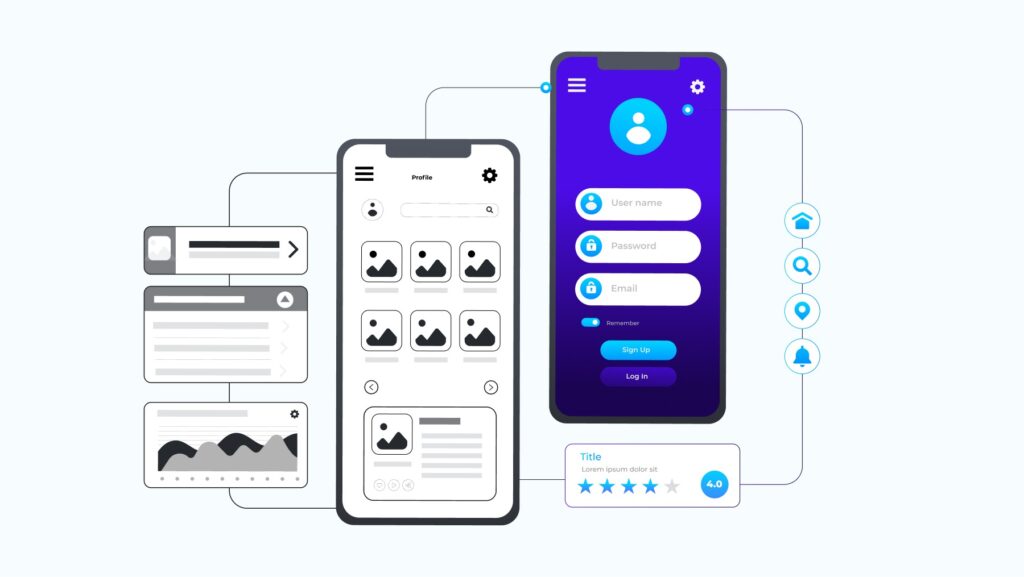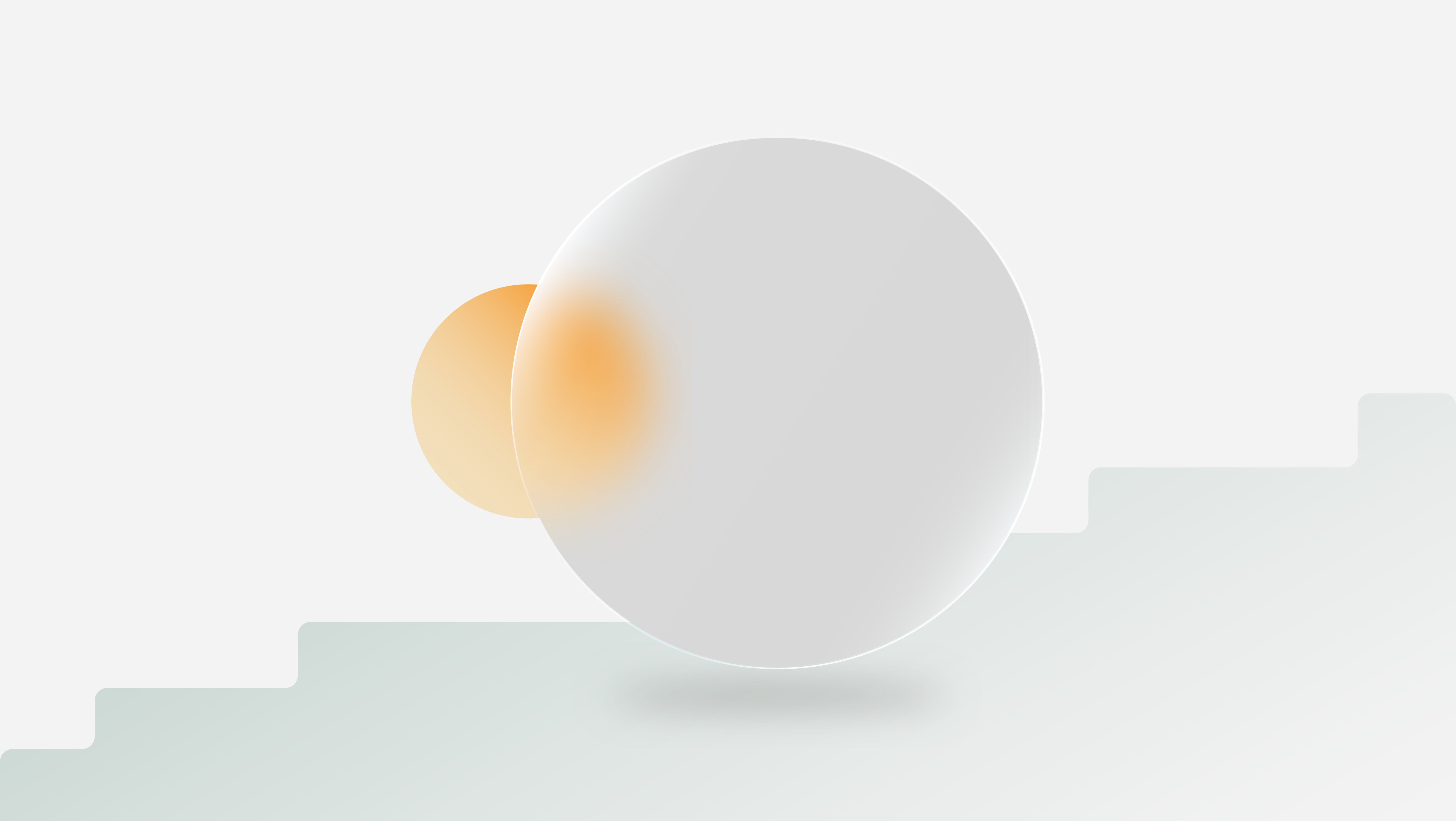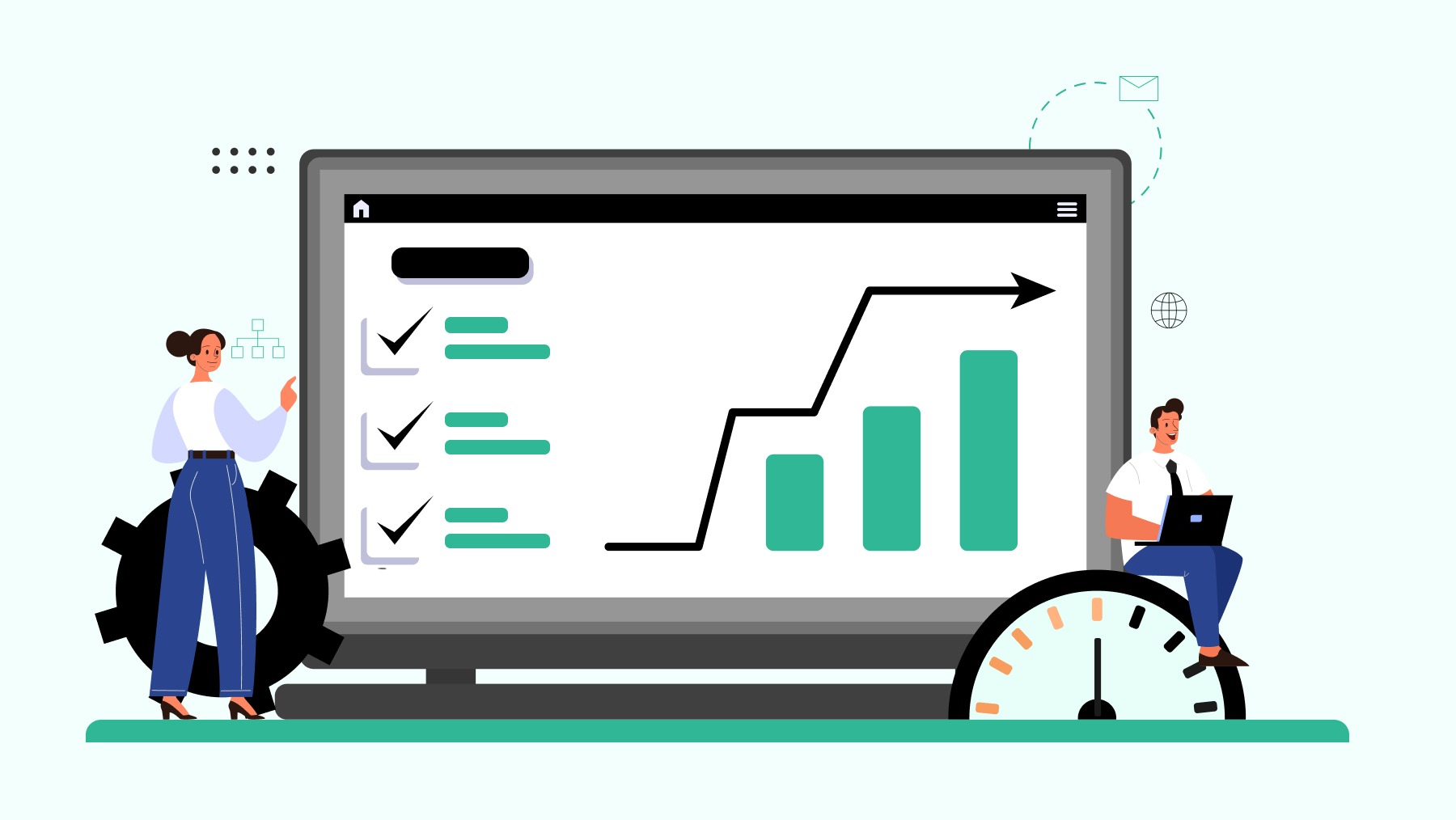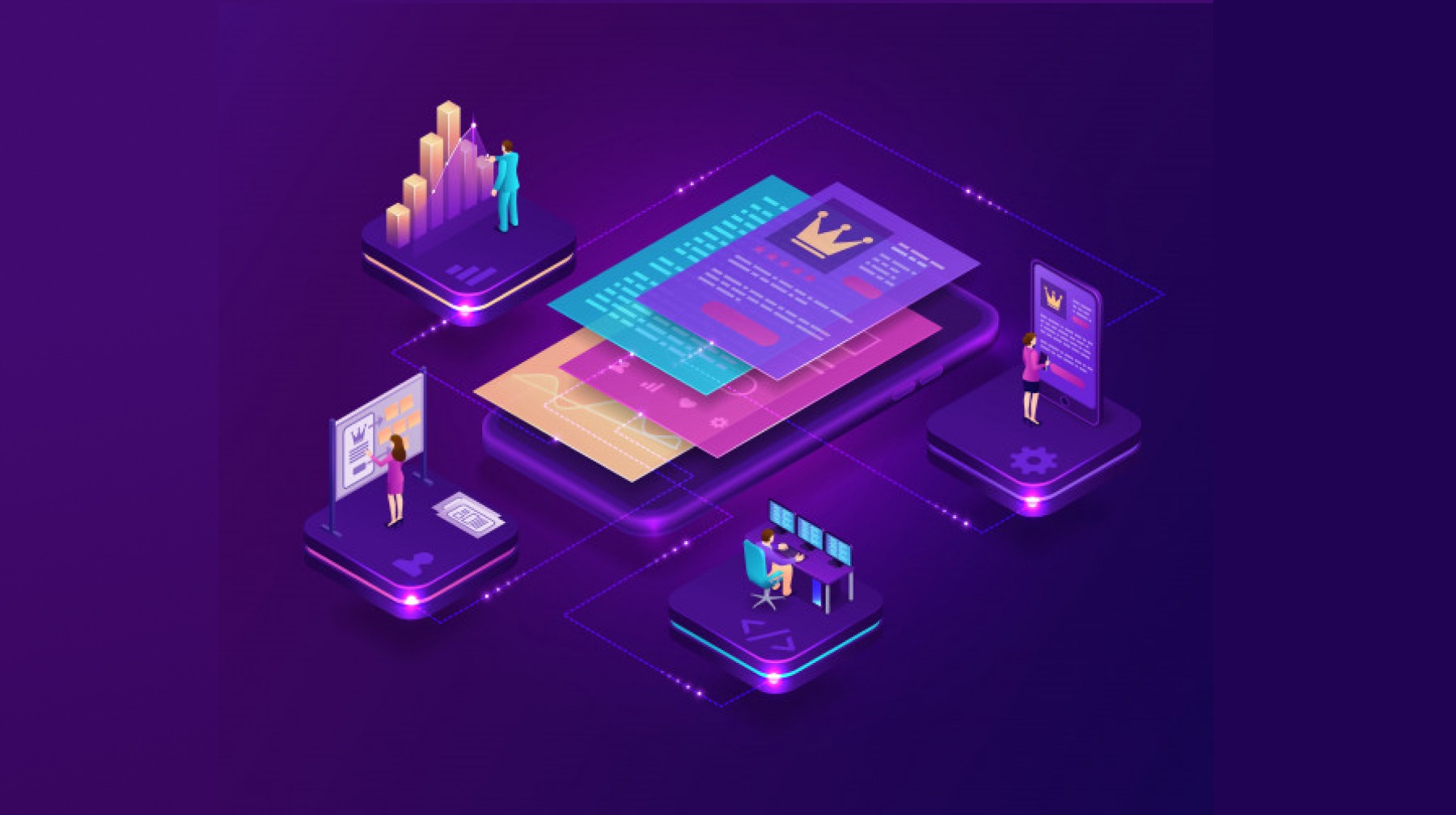UI vs UX – What’s the difference?
Contents:

In the vast world of design, few debates are never quite settled. One of them is the difference between User Interface Design (UI) and User Experience Design (UX). This debate over the definitions of UX and UI has been going on for as long as the terms have been in existence.
We have all walked down streets and corridors of tech capitals and overheard conversations about UX and UI products. What exactly is the difference between these terms? Do they utter these words to look cool, or is it some code language? Well, in reality, it’s none of these. First things first, what exactly do these terms stand for? UX design refers to the term “user experience design”, while UI stands for “user interface design”.
Both of these elements work closely together, however, their roles are completely different. While both are essential for a product’s success, there are some key differences between them. As said by Foster.fm, “ A UI without UX is like a painter slapping paint onto a canvas without thought; while UX without UI is like the frame of a sculpture with no paper mache on it.”
Broadly speaking, the user interface (UI) is concerned with the series of screens, visual elements, buttons and icons, and pages of a product. These elements of UI design make it possible for people to interact with services and products. User Experience (UX) on the other hand is concerned with the internal experience of people as they interact with a product or service.
This can also be understood better through this analogy. Imagine a house; the physical structure, electrical system, plumbing, coding, and functioning of the house are the user experience (UX) as they are concerned with the experience and process.
On the other hand, the paint, doors, windows, hardware, etc are the User Interface (UI) as they allow the owner (user) to interact with the house. It can be seen through this example that both of these interfaces are not interchangeable, however, there is an element of reliance and overlap.
However, knowing the differences and details of both interfaces is important. As UI/UX Design has been a major requirement for both product/service-based industries, the depth of information one has about them can be a making or a breaking point for the success of a product or service.
What is UI designing?
This is a difficult question to answer because of the wide range of misinterpretations about this. Mainly, user interface design is concerned with the look and feel, the presentation and interactivity of a product. However, the roles and responsibilities of a UI designer are often mistaken for those of a graphic designer. UI designing is a strictly digital term.
It is the point of interaction between the user and the product/service. An example can be the touchpad used to select the kind of coffee you want from the machine. Any sort of visual element, interaction, or animation must all be designed. UI designers and their thought processes revolve around icons, buttons, color schemes, imagery, responsive designs, typography, and spacing of a product.
When it comes to applications, UI design is concerned with the look, feel, vibe, and interactivity of the service or product. It makes sure that the UI of a product is intuitive by carefully keeping in line the visual, and interactive elements the user might encounter. This enhances the product’s usability and creates a connection between the end-user and a product.
What does a UI designer do?
Now, let’s move on to the next part; the role of a UI designer! There is some major confusion between the roles of a UI and UX designer. While there is an element of overlap between the two, UI designing requires its own set of tasks, and is an entirely different skill set. The foremost role of a UI designer is to design the screens that a user will use, and to create the visual elements along with their interactive properties.
They think about the user, and how their mind works. They try to make the product/service intuitive by using things like spacing, patterns, and colors. As technology is growing, the role of a UI designer is also evolving. UI designers and their work has expanded and is not just limited to computer interfaces. They now work through virtual reality, augmented reality, and screen less interfaces (zero ui) as well.
As of today, they have limitless work opportunities that range from websites, mobile applications, wearable technology, and smart devices. UI designers put themselves in the user’s shoes to anticipate their requirements to design elements and visuals that would feel natural to the user. This is the role of a UI designer in a nutshell. They think about what the user requires, and design the app’s interface accordingly.
What is UX designing?
UX is a User’s Experience of the app based on their interaction with the product/service. In theory, it is a non-digital practice, but used predominantly by digital industries. It should be noted at this point that UX design isn’t about visuals, rather it focuses on the overall feel of the experience. It besets all elements of the interactions between a potential or active customer and a company.
UX applies to everything that can be experienced, it can be a coffee machine, website, or even a supermarket! The literal purpose of UX designing is to create efficient, relevant, easy, and pleasant experiences for the user. The journey of UX designing concerns understanding the user’s idea and turning it into a product or service.
The output of a UX designer is a basic prototype of a product’s interface, and this is also known as a wireframe. Furthermore, UX designing can refer to the process of pinpointing needs of the users, and then suggesting the best user flows that will help them complete their products and services effectively. User experience (UX) can also be determined by how difficult or easy it is to interact with the UI (user interface) elements the designers have created. It also uses the insights gained by the designers to continue iterating and improving customer experiences, based on both quantitative and qualitative user research.
What does a UX designer do?
Let’s dive into the roles and responsibilities of a UX designer. As mentioned before, the role and responsibilities of these designers have technically evolved as a result of modernization. UX designers are mainly responsible for a company delivery of a product or service, they ensure that the services or products meets the needs of the customer, and allows them to seamlessly achieve their desired outcome. Their role as a user experience designer is also to understand the customer journey.
While people often think of designers as people with visual tasks, a UX designer’s work is broadly regarding conceptual problems based on research and data. They are also supposed to ensure that companies deliver products or services that effectively meet the requirements of the customer. It’s significant for UX designers to have a holistic understanding of how users prefer to interact with their applications.
UX designers work closely with UI designers, UX researchers, product and marketing teams to understand the users and their needs through extensive research. UX designers also tend to create wireframes that render their interface engagements to get user feedback. They integrate this into their designs.
Conclusion
While both; UX and UI design elements are essential for a product’s success, there are some key differences between them. Hopefully this blog has to some extent cleared up the long-standing confusion around UX and UI for you. UI designing is a crucial sub-element of UX. They both share the same end goal of providing a positive experience for the user, but UI designing besets a whole separate element of the journey.
UX designing is mostly about identifying and solving user problems, whereas, UI design is concerned about creating intuitive, aesthetically-pleasing, engaging interfaces. Both these design elements tend to rely on each other, however, there is absolutely no overlap between them. They are both separate, and have different roles and responsibilities. They involve a very varying skill of sets, and yet, are still integral to each other’s success.














